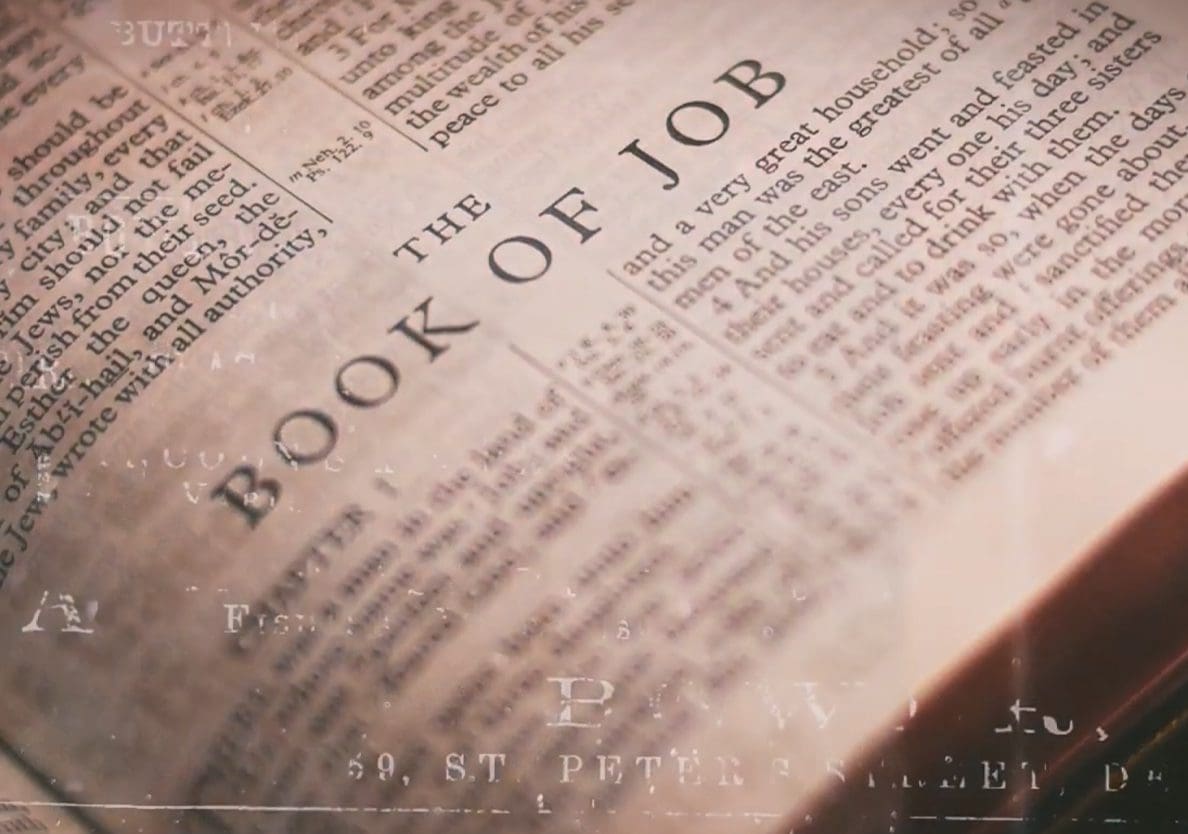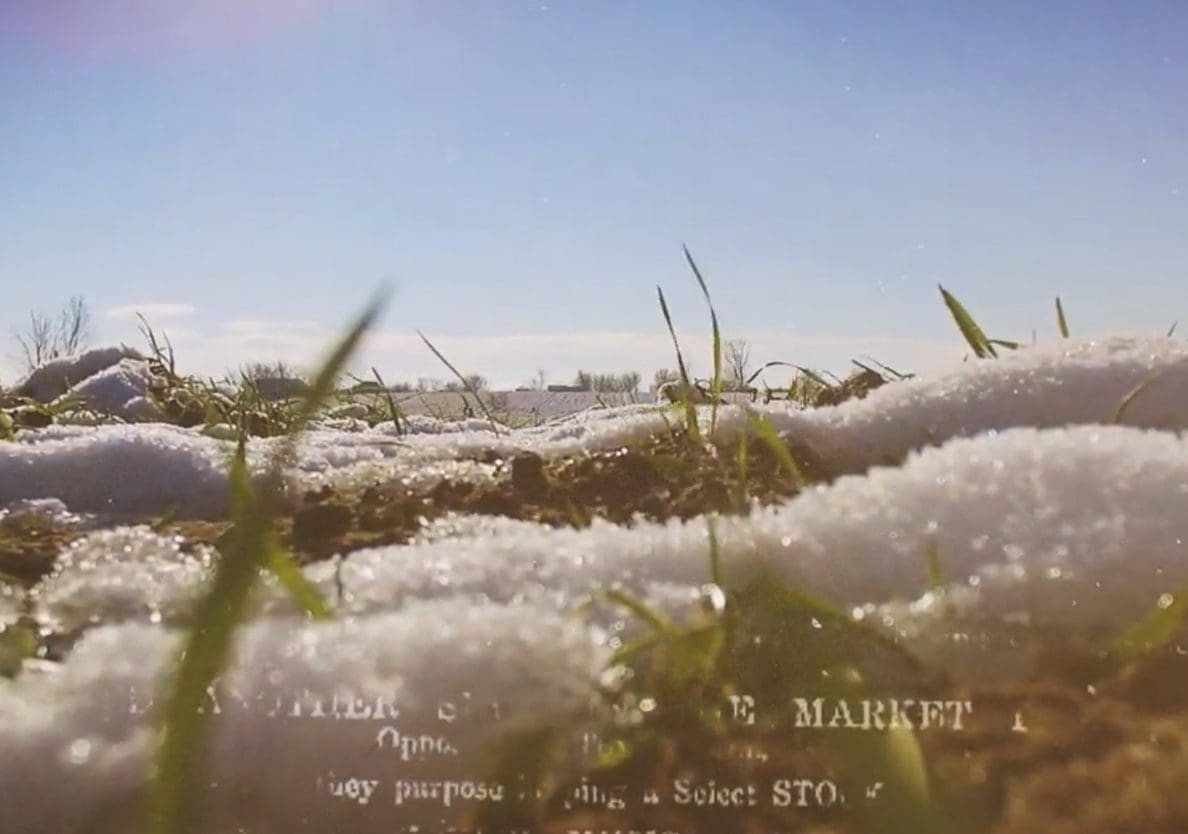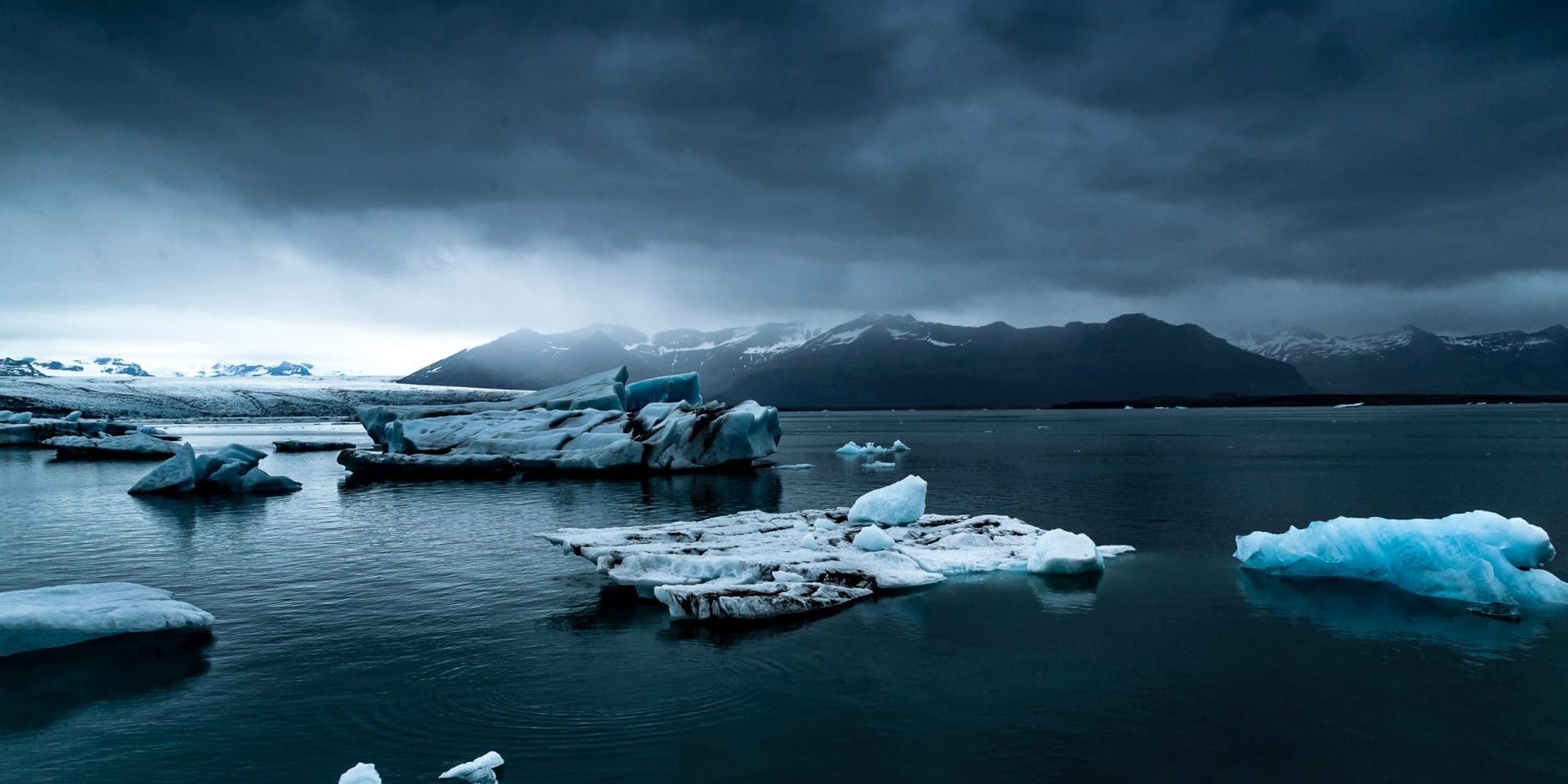Out of the Bible’s sixty-six books, Job has some particularly unique features. For example, apart from Genesis 1-11, it is probably the Bible’s oldest book. It also “contains more references to creation, the flood, and other primeval events than any other book of the Bible except Genesis, and also seems to contain more modern scientific insights than any other book of the Bible.”[1] Some scholars and scientists even think it may contain a reference to the Ice Age. It is true that Job has more mentions of snow, ice, and cold than any of the other Biblical books.
For instance, in what could be an allusion to the Ice Age, Job 38:29-30 says, “From whose womb comes the ice? And the frost of heaven, who gives it birth? The waters harden like stone, And the surface of the deep is frozen.” As Dr. Henry Morris commented, “This unusual picture of a sheet of ice slowly coming forward as if emerging from a womb may well refer to the ice sheet of the great Ice Age that covered the northern latitudes for many centuries following the flood.”[2] Whether this be a reference to the Ice Age or not, the events recorded in this book would have been almost certainly contemporaneous with this great freeze.
“From whose womb comes the ice? And the frost of heaven, who gives it birth? The waters harden like stone, And the surface of the deep is frozen.”
Job 38:29-30
Although most secular scientists believe that there have been thirty or more ice ages over many millions of years, early Biblical history provides a very different and more satisfactory view. One reason for this is because while mainstream science has no viable starting mechanism to explain even one ice age (let alone thirty), the Bible does. As meteorologist Michael Oard points out, “to cause an ice age, rare conditions are required—warm oceans for high precipitation, and cool summers for lack of melting the snow.”[3] Interestingly, as Henry Morris already alluded to, the climactic state following the Genesis Flood provided these exact conditions.
For instance, during the deluge, there were underwater volcanic eruptions as indicated by the bursting forth of the “fountains of the great deep” in Genesis 7:11. As the crust of the earth broke open, hot water and lava were released into the oceans making the post-flood ocean waters warm from pole to pole. Warmer oceans mean more evaporation and thus more precipitation. On top of this, for several years after the flood, there would have been large amounts of volcanic activity sending dust and debris into the atmosphere. These volcanic particles would reflect some of the sun’s light back into space causing cooler summers and therefore providing less snowmelt.


As far as the length of this Biblical Ice Age is concerned, according to the best estimates it would’ve reached its peak 500 years after the flood and would have fully melted 200 years later making it a total of 700 years.[4] If so, it means the Ice Age lasted from roughly 2350-1650 BC. Interestingly, many scholars date Job’s life to within this very timespan. While this doesn’t automatically mean that Job 38:29-30 is a reference to the Ice Age, the timing does, at least, make it conceivable.
And while it is also true that Job didn’t live in the northern latitudes where the ice sheets formed it is still possible that during the winters, he observed lake ice and frost, especially if temperatures were lower because of the Ice Age.
Okay, but if the Flood offers a viable explanation for the Ice Age, then why is it not directly mentioned in the Bible? Michael Oard thinks it is because “the Scandinavian ice sheet and mountain ice caps were farther north than the region where the Bible was written. Only an increase in the snow coverage of Mt. Hermon and possibly more frequent snowfalls on the high areas of the Middle East would have been evident to those living in [the ancient Near East].”[5] And that’s precisely what we see in history.

Ryan Hembree is a daily co-host, speaker, and writer of Bible Discovery. He also hosts a YouTube channel that shows the unity of the Bible and how science and Scripture fit together. Ryan also has an honorary Masters of Ministry in Creation Science from Phoenix University of Theology.
[1] Henry Morris, The Henry Morris Study Bible, Introduction to Job, P.782.
[2] Henry Morris, The Henry Morris Study Bible, Note on Job 38:29, P.821.
[3] Michael Oard, The New Answers Book 1, Chapter 16, Where Does the Ice Age Fit?, P.213, Ken Ham general editor.
[4] See Michael Oard, The New Answers Book 1, Chapter 16, Where Does the Ice Age Fit?, Ken Ham general editor and Michael Oard, An Ice Age Caused by the Genesis Flood, Institute for Creation Research, El Cajon, California, 1990.
[5] Michael Oard, The New Answers Book 1, Chapter 16, Where Does the Ice Age Fit?, P.216, Ken Ham general editor.






